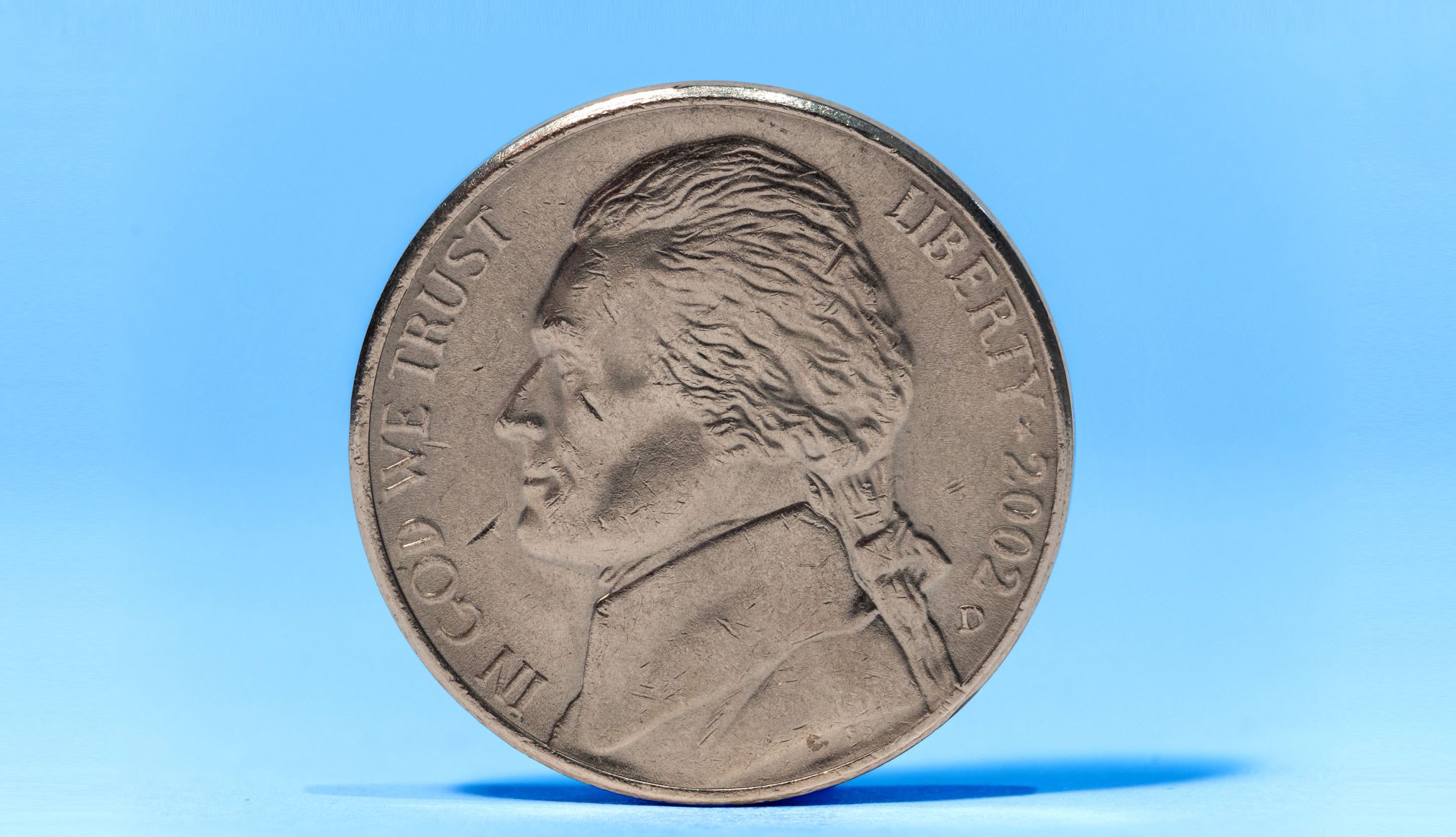AARP Hearing Center


The U.S. Treasury Department recently ordered its last round of penny blanks — flat metal discs that get turned into coins — and said it will not put any more pennies into circulation after that batch is made.
Why kill the penny? Because pennies cost a lot of money to make and distribute — 3.69 cents per coin, to be exact. And the U.S. issued more than 3.2 billion pennies during the 2024 fiscal year, according to the U.S. Mint, at a reported loss of around $85.3 million.
Could the nickel’s days be numbered?
Although there aren’t any definitive plans to get rid of it, each new nickel costs 13.78 cents to make and distribute, a loss of more than 8 cents per coin. That’s led some economists to question the nickel’s fate.
Here’s a brief look at the five-cent coin’s history and why it’s so costly to produce.
Origins of the nickel
The first nickel was actually worth only three cents. Called the half disme (pronounced “dime”), the coin was created by the Mint in 1794 and made of silver.
The nickel we know today was rolled out in 1866, in the aftermath of the Civil War, though the Mint continued to produce half dismes until 1873.
Various looks
The first five-cent nickels were made of 25 percent nickel and 75 percent copper, the same composition used today. This gives the nickel its recognizable shine and durability.
However, the coin’s face has undergone a number of changes over the years, including the following designs:
- Shield nickel (1866-1883)
- Liberty Head nickel (1883-1913)
- Buffalo nickel (1913-1938)
- Thomas Jefferson nickel (1938-present)
Over the years the Mint has also released commemorative nickels to celebrate key events in America’s history, including Westward Journey nickels and World War II nickels.
The “Return to Monticello” is the current design of the nickel and was introduced in 2006. The obverse (“heads” side) features Thomas Jefferson’s likeness, derived from a portrait painted by Rembrandt Peale in 1800. The reverse (“tails” side) features a rendition of Jefferson’s Monticello estate designed by Felix Schlag in 1938.
Why nickels cost so much to make today
When the five-cent nickel was created in 1866, copper and nickel were cheap metals and, as a result, an affordable choice for the Mint. But nowadays, copper and nickel prices are relatively high, making the five-cent coin costly to produce — and Donald Trump’s tariff policies could affect the metals market in the coming months.

































































More From AARP
My Husband Is Spoiling Our Grandkids
Couples don’t always align when it comes to their grandparenting styles
10 Easy Financial Tasks You Can Do in an Hour
How to tackle quick-and-easy steps like shopping for cheaper car insurance
Show Me the Money: How to Find Unclaimed Assets
Unearth hidden cash with forgotten 401(k)s and accounts